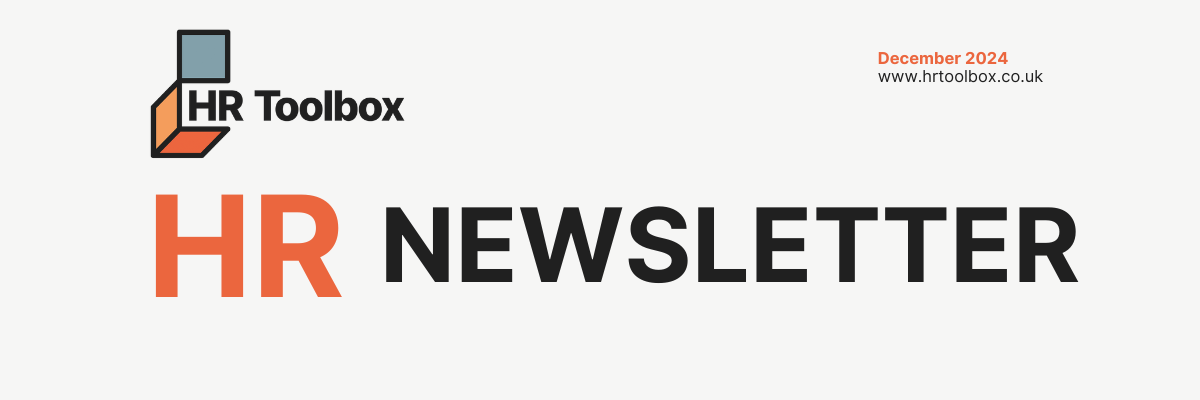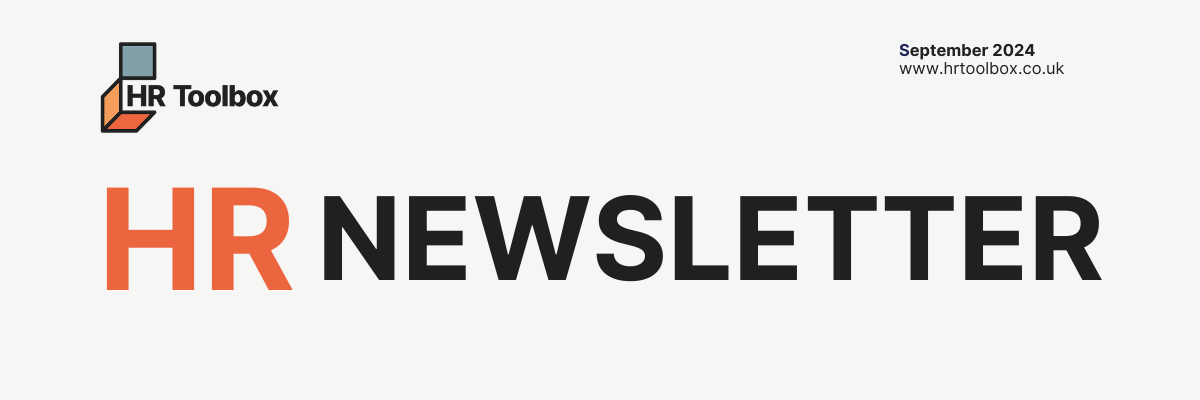Bye bye to “The Great Resignation” and hello to the “Big Stay Era”
The aftermath of COVID-19 brought a wave of change and adaptation for businesses, find out why that's changing...

As the UK labour market fluctuated, vacancies hit record highs in what became known as The Great Resignation - a period of high job turnover and employee job-hopping.
Now, as we continue to move towards a new normal, the landscape shifts again.
The latest CIPD Labour Market Outlook indicates a sluggish labour market with dropping employment rates and declining staff turnover.
The Great Resignation is over, making way for a new kid in town…
Business owners, welcome to your ‘Big Stay’ era!
In this blog, we delve into what this shift means for your business and why embracing learning and development (L&D) is crucial for retaining and developing your people.
What is the Big Stay?
A phrase coined by the CIPD, it signifies the current period where staff turnover is falling, and vacancies are expected to decline. Employees now prioritise stability over change, resulting in less job openings and fewer people quitting their jobs.
How are employees responding?
Job stability tops their wish list. With a cautious ‘better the devil you know’ mindset, they prefer familiarity over risk and are opting to stay put for now. Post-pandemic, they are less inclined to switch employers or bounce from one job to the next.
What does this mean for business owners?
With lower staff attrition in 2024 and a return to pre-pandemic conditions, the labour market power balance is tilting in favour of employers.
According to the CIPD’s report, a staggering 55% of employers are focusing on retaining their current workforce, the highest level since 2016-17.
So now is the perfect time to invest in learning and development (L&D) opportunities to retain and empower your workforce.
It might be harder to find great people
If you’re recruiting for new roles, it might be more difficult for you to find the people you’re looking for.
Working on your employer brand and package might tempt great people into thinking that the grass is greener on your side of the field.
We can help shape that with you.
Need a confidential chat?
Then please get in touch.
Get In Touch
We will get back to you as soon as possible
Please try again later

ABOUT US
HR Toolbox have over 20 years HR experience in the private & public sectors. Our customers love us as we give them the 1:1 HR support, tools, and software to help save them time, reduce risk, improve their employees experience and protect themselves.
SERVICES
Website built by - Mission Three60 LTD










